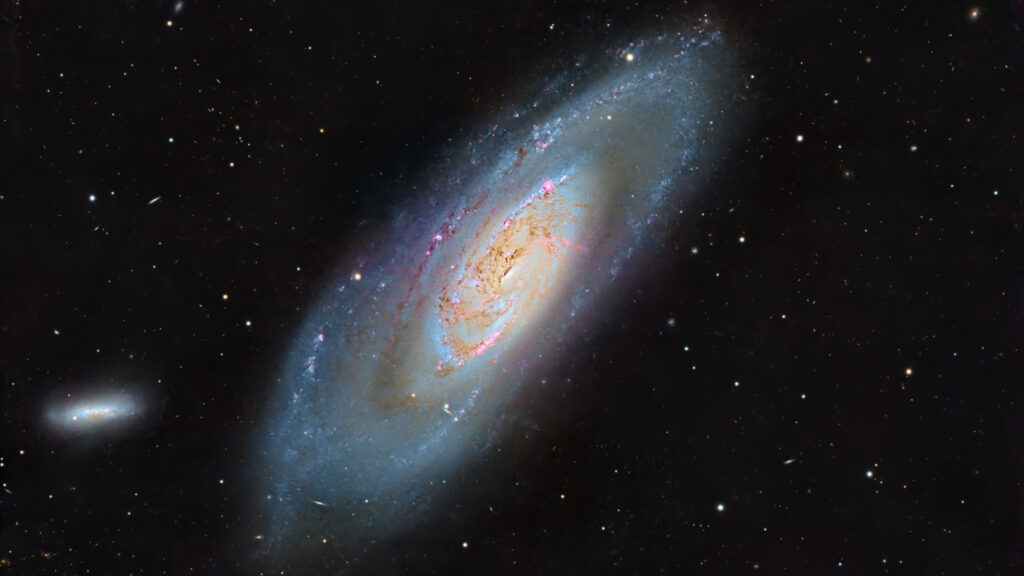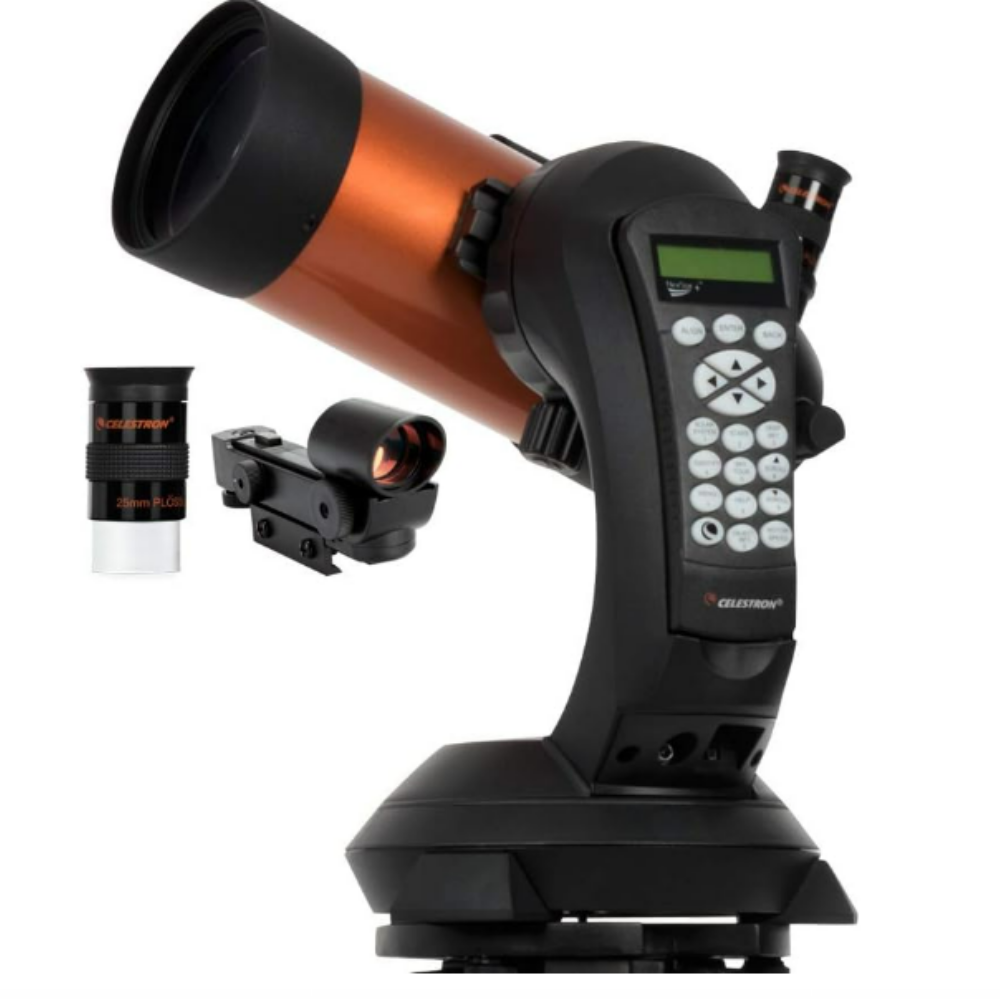Novice astrophotographer captures a surprising galaxy 24 million light-years from Earth (picture)

Astrophotographer Ron Brecher has captured a surprising deep sky picture of the spiral galaxy M106, situated 23.5 million mild years away within the constellation Canes Venatici.
Brecher imaged the distant galaxy for a little bit over 32 hours on nights spanning from March 27 to April 17, 2025. The completed portrait reveals the swirling arms of M106 focussed round an lively, red-hued galactic core – an lively star-forming area that’s residence to a ravenous supermassive black gap.
“M106 is assessed as a Seyfert galaxy, that means it has an lively nucleus,” defined Brecher in a submit showcasing the picture on his web site. “It is thought that a part of the galaxy is falling right into a supermassive black gap close to the middle — it’s type of cannibalizing itself.”
Whereas M106 is simply too faint to be noticed within the night time sky with the bare eye, it is a superb goal to view with a small telescope, although as famous by NASA, a bigger telescope can be wanted to resolve tremendous particulars. To seek out M106 within the northern hemisphere, stargazers want solely find the Huge Dipper asterism of Ursa Main, and use a stargazing app to search out the brilliant star Alkaid, and dimmer Psi Ursae Majoris. M106 might be discovered across the half method level between these two stellar giants.
TOP TELESCOPE PICK:

Wish to see galaxies within the night time sky? The Celestron NexStar 4SE is good for freshmen wanting high quality, dependable and fast views of celestial objects. For a extra in-depth take a look at our Celestron NexStar 4SE assessment.
However M106 is not the one galaxy on this picture. “The opposite outstanding galaxy, on the decrease left, is NGC 4248,” continued Brecher. “It additionally exhibits pink nebulae. There are lots of extra galaxies on this picture. Search for fuzzy patches and needle-like buildings that look completely different from the sharp, spherical stars.”
Brecher wrote on his web site that he by no means believed that he would get into astrophotography, however grew to become captivated by the pursuit after shopping for a 4.5-inch reflector telescope for his son, and watching the night time sky whereas soothing his then new child daughter. His first forays into imaging the night time sky noticed Brecher seize the moon by holding a ‘level and shoot’ digital camera as much as the eyepiece of his Celestron Ultima 200 Schmidt-Cassegrain telescope.
He has since experimented with quite a few cameras, mounts, scopes and software program to picture cosmic objects starting from Earth’s moon, to monstrous deep sky galaxies. Brecher’s newest portrait of Messier 106 was captured from his residence exterior the Canadian metropolis of Guelph utilizing a Celestron 14″ Edge HD telescope located in a SkyShed enclosure – which, because the identify suggests, is a purpose-built shed with a detachable roof.
Brecher processed the pictures he captured utilizing a collection of pink, inexperienced, blue, and hydrogen-alpha filters along with his CMOS QHY600M astronomy digital camera, earlier than processing the ensuing information utilizing PixInsight software program.
If you happen to’re searching for a telescope or binoculars to look at galaxies like M106, our guides for the finest binoculars offers and the finest telescope offers now may help. Our guides on the finest cameras for astrophotography and finest lenses for astrophotography may also show you how to put together to seize the following skywatching sight.
Editor’s observe: If you wish to share your astronomy pictures with our readers at House.com, please e mail it to spacephotos@house.com.








